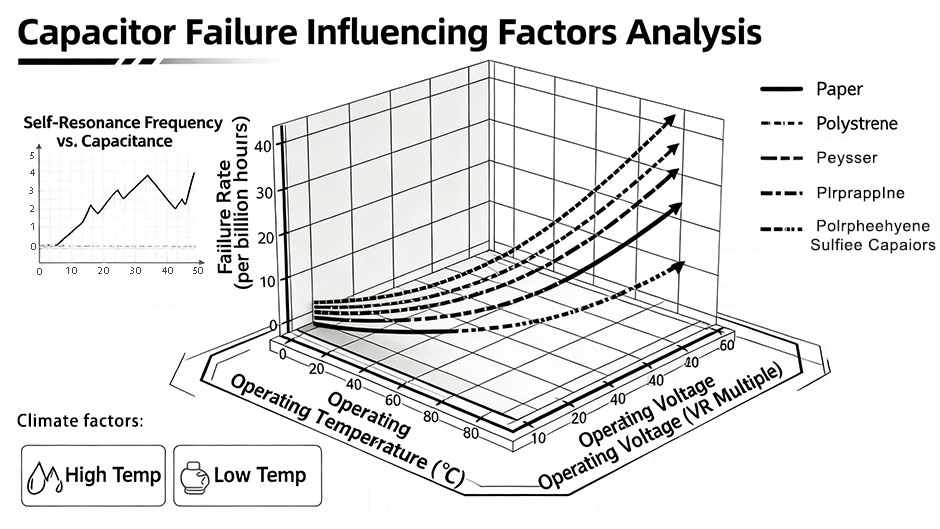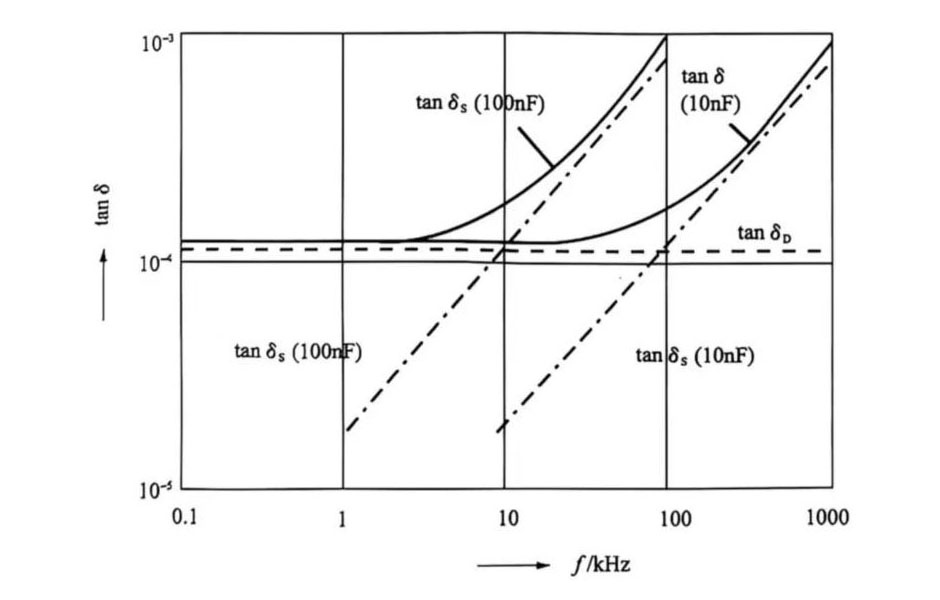Important indicators about capacitance
Capacity: The capacity of the capacitor, that is, the capacity of the stored charge. The basic unit of capacity is farad (F), but on the motherboard we commonly use units such as microfarads (μF) and picofarads (pF) (the conversion relationship is 1 farad = 1000000 microfarads, 1 microfarad = 1000 nanofarads = 1,000,000 picofarads). The capacity is directly marked, such as GSC4700μF. Generally speaking, the larger the better.
Withstand voltage: It refers to the effective value of the maximum DC voltage or maximum AC voltage that the capacitor can work reliably for a long time within the rated temperature range. Different capacitors have different withstand voltage values, mostly between 6.3V and 16V.
Temperature resistance value: The temperature resistance value indicates the maximum operating temperature that the capacitor can withstand. Generally, the temperature resistance value of the capacitor is 85°C or 105°C, while the temperature resistance value of the capacitor next to the CPU power supply circuit is mostly 105°C.
Other indicators: There is also a golden strip line on some capacitors with a big hollow “I” letter printed on it, which indicates that the capacitor is a LOWESR low-loss capacitor. Some capacitors will also mark the ESR (equivalent resistance) value. The lower the ESR, the smaller the loss and the greater the output current. The quality of low-ESR capacitors is good.Important indicators about capacitance



